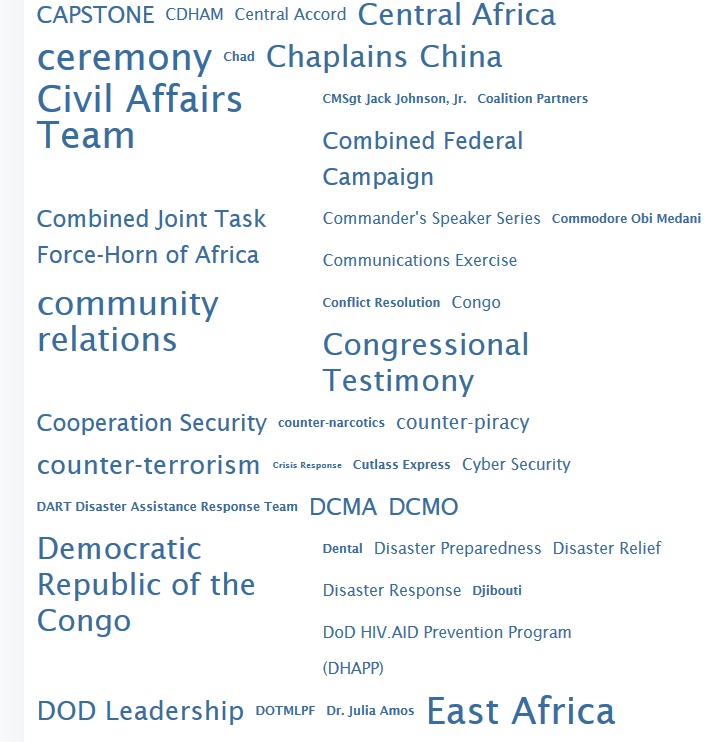The media has been abounding in negative stories about the
climate in today’s military. The Air Force Officer Nuclear Cheating Scandals
(see: http://www.stripes.com/news/air-force-secretary-proposes-changes-to-missile-force-1.264657
and http://www.airforcetimes.com/article/20140130/NEWS/301300016/Nearly-half-missileers-Malmstrom-now-tied-cheating-investigation
), General Officer Misconduct (see: http://www.airforcetimes.com/article/20140130/CAREERS03/301300009/AFSOC-one-star-relieved-command-amid-IG-investigation-into-alleged-inappropriate-relationship- ) and issues of toxic leadership (see: http://www.washingtonpost.com/world/national-security/pentagon-investigations-point-to-military-system-that-promotes-abusive-leaders/2014/01/28/3e1be1f0-8799-11e3-916e-e01534b1e132_story.html?wprss=rss_national-security and http://www.goodreads.com/author_blog_posts/5643345-life-at-ndu-gen-martin-said-to-threaten-to-fire-anyone-who-questions-h ).
Today’s military has earned the respect of the general US
population even though smaller and smaller segments of that population seem to
have direct experience with the military. The wars in Afghanistan and Iraq have
been brought home as never before due to the relentless OpTempo of deployments
and redeployments.
Pending budget cuts, RIFs and other action are putting
pressure on the services and their components to compete for declining budgets.
What does this mean for the MISO force?
Frankly it means that Officers and their NCOs need to work
together as never before. The bond of trust that had been taken for granted in
most military circles apparently needs to be renewed. Officers need to lead by
example while CSMs and 1SGs need to mentor and coach as never before.
Today’s force has been tempered by repeated exposures to
combat. This means they have developed a no “BS” mentality and their views
cannot be simply brushed aside because of rank. Today’s junior NCOs in
particular have been put in positions of responsibility that their non-military
peers cannot perceive. The Officer Corps for its part must buffer the troops
from the machinations of Higher HQ.
This may mean expressing candid views within the chain of
command (behind closed doors of course) and to be the voice of common sense and
advocate for troop mental and physical welfare.
Staff officers bear the
responsibility of bringing bad news to the boss in a timely manner and of being
the voice of reason in the face of ludicrous demands from Higher. This is not
an easy role and one that Majors in particular will find challenging.
Nevertheless this is a responsibility that must be shouldered.
Being the CDR is an honor and a privilege. CDRs have to lead
by example and be their soldiers’ advocates in the halls of Higher HQ. The
coming years will be challenging, hopefully the MISO community is up to the
task and will be recognized as head and shoulders above the other branches for
their leadership in the face of mental and fiscal adversity.




